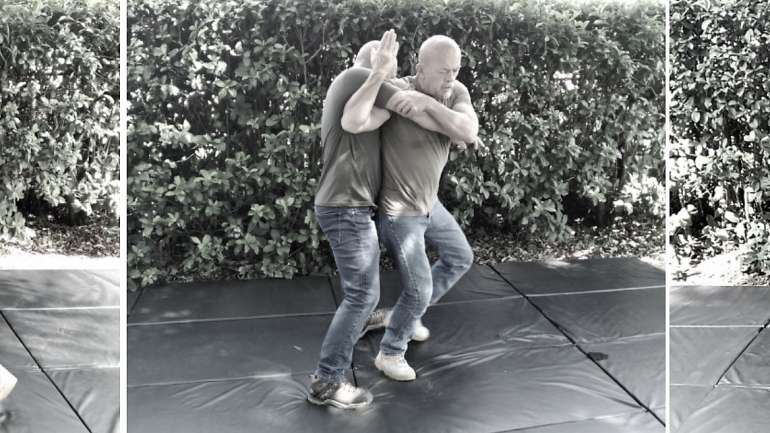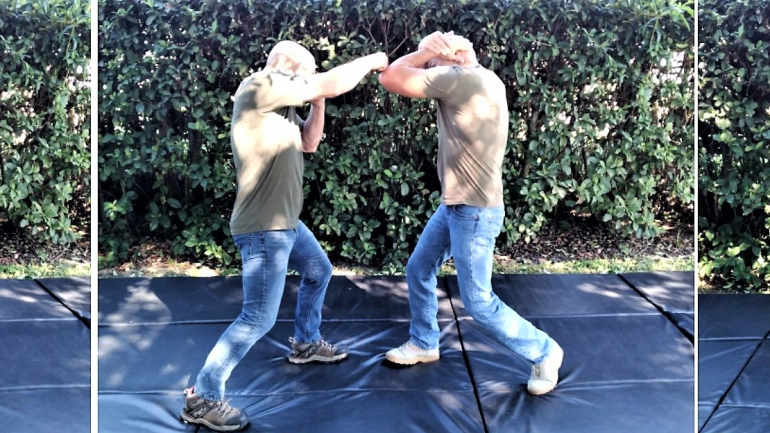The time it takes to go from white belt to yellow belt in Kajukenbo depends on many factors, including training time, attitude, skill development and the instructor or school. There are a lot of skills to learn in Kajukenbo at even the yellow belt level, these include punches, kicks, throws, take downs, joint locks, parries, counters, footwork, head movement, to name a few.
Kajukenbo combines a variety of techniques from which many different combinations can be performed. Combinations allow you to attack and counter your opponent while protecting yourself. By working on different combinations that involve various strikes, throws and footwork patterns, you can develop more varied and effective attacks. This can be especially important in a real fight, where the ability to mix up one’s techniques and confuse one’s opponent can be a major advantage.
Important requirements for a yellow belt in Kajukenbo is a focus on proper form, mastering basic striking, blocking and throwing techniques. Yellow belt level emphasizes correct technique and proper body mechanics. Basic combinations are taught at this level, learning and utilizing basic blocking, striking and throwing/takedown sequences is crucial. Practicing proper footwork, the ability to step offline of an incoming strike/evade a punch and stance transitions is also essential at this level.
In the following yellow belt combination you will find some of the basic yellow belt techniques; these include inward block, hammer fist, forearm strike, a right cross and basic Ippon Seoi Nage (back carry throw) commonly referred to as a shoulder throw.
1.) The attacker is in a right foot forward fighting stance and you are in a right foot forward fighting stance. 2.) The attacker throws a straight right punch. Pivot counter clockwise on the lead foot. The rear foot slides or steps back toward three o’clock (this moves the head offline of the incoming punch) as you execute a right inward hammer fist to the attacker’s right bicep. 3.) From the exact point of contact of the downward hammer fist to the opponent’s right arm, pivot back clockwise on both feet to twelve o’clock and execute a right hammer fist to the opponent’s jaw or side of neck. Your left hand remains chambered at your right shoulder.
4.) Push off the rear foot raising the heel off the ground as you strike the left side of the opponent’s neck with the outward boney area of the forearm. Your right hand chambers at your chin. 5.) Immediately, execute a right punch as your feet shift position. Your right foot shuffles back and pivots counter clockwise as the left foot moves forward
toward the direction of the ten o’clock position. Follow through with the punch by turning your hand over. 6.) Push off the left foot and step forward with the right foot (toes should be pointing toward the twelve o’clock position). Strike your opponent’s right shoulder with a left heel of palm strike and grab his clothing at the area struck. This
strike should be hard enough to disrupt his posture and rock him back on his heels.
7.) With a short quick jerk with the left hand, pull the opponent into you. This should rock him to his front and off of his heels. Simultaneously step your right foot straight to the inside of his right foot. 8.) Pivot on your right foot counter – clockwise and bring your left foot back between your opponent’s feet. Simultaneously pull the opponent forward and bring your right arm up under his right arm. Pinch his right bicep between your right bicep and forearm. 9.) Straighten your legs and bend at the waist popping your hips up and lifting him into the air (this is an explosive movement). Keeping your grip on the opponent, bring your left elbow downward, twisting your upper body toward your left hip to finish the throw.


.jpg)
.jpg)
.jpg)
.jpg)

